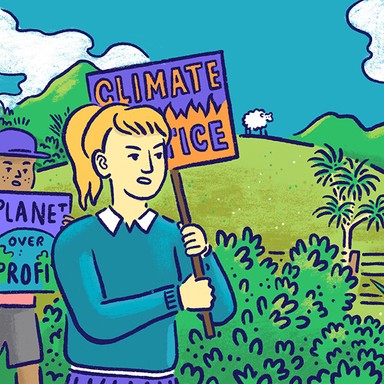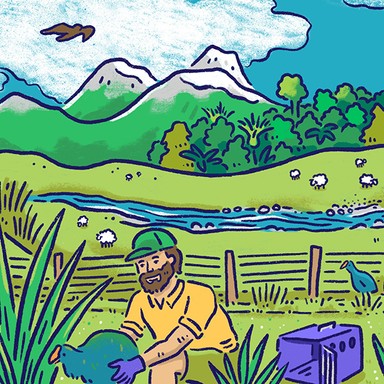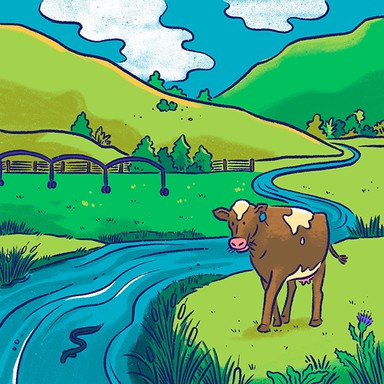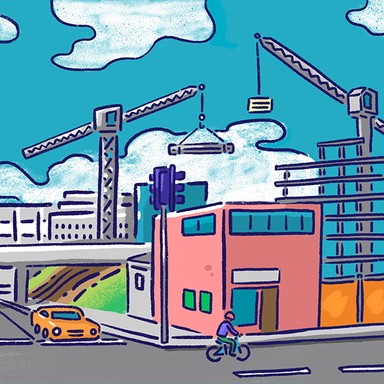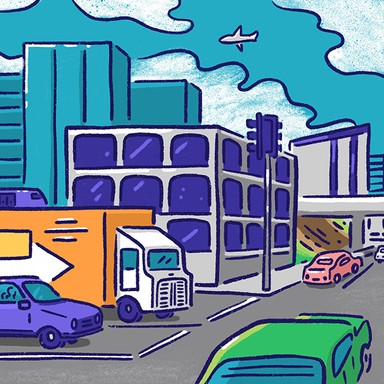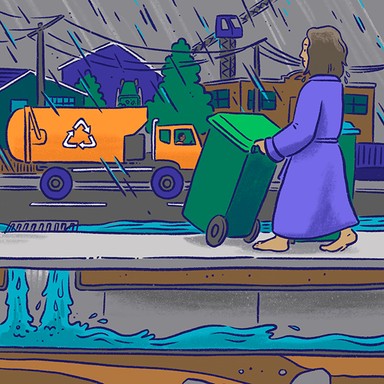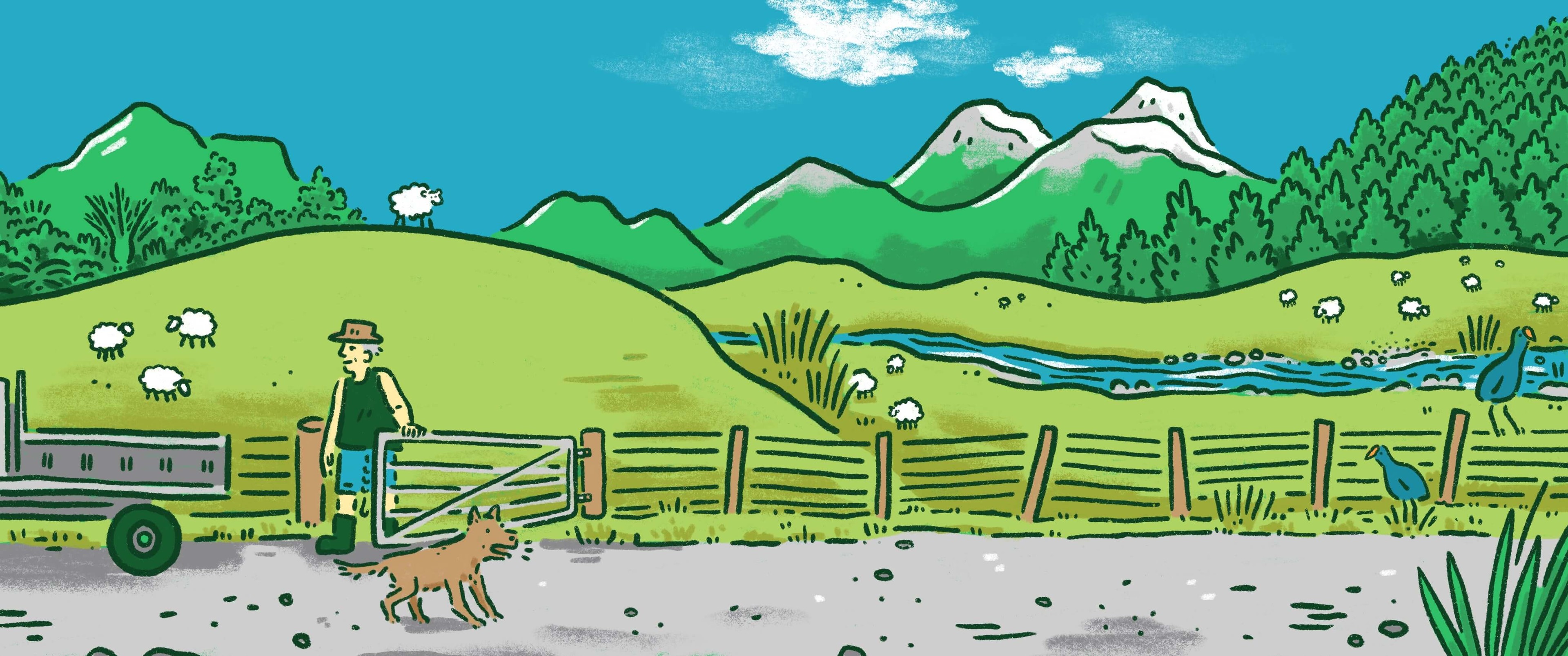
Environment Canterbury
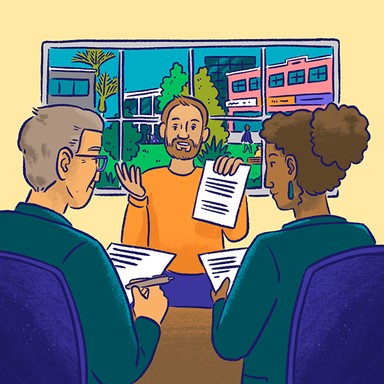
Local democracy
Local government is a foundational part of our democracy. But local democracy isn’t just about holding elections every three years – it’s about the day-to-day ways people have their say in the decisions that affect us all.

Local democracy
Local government is a foundational part of our democracy. But local democracy isn’t just about holding elections every three years – it’s about the day-to-day ways people have their say in the decisions that affect us all.
Work with and set up a database recording the history of the Canterbury environment through the eyes of the older generation.
Engage with the public and hear what they want with weekly meet the councillor walk-in meetings.
Make Environment Canterbury more accessible to the public and encourage public engagement.
Continue with the present willingness of Environment Canterbury councillors to be accessible to the public. Work to restore trust after the Environment Canterbury Act 2010.
Find ways to allow councillors to set strategy (I am troubled to be told by current councillors that they have no power).
Effect a culture change with Environment Canterbury staff (Environment Canterbury is no longer run by government commissioners).
Work with and set up a database recording the history of the Canterbury environment through the eyes of the older generation.
Engage with the public and hear what they want with weekly meet the councillor walk-in meetings.
Make Environment Canterbury more accessible to the public and encourage public engagement.
Continue with the present willingness of Environment Canterbury councillors to be accessible to the public. Work to restore trust after the Environment Canterbury Act 2010.
Find ways to allow councillors to set strategy (I am troubled to be told by current councillors that they have no power).
Effect a culture change with Environment Canterbury staff (Environment Canterbury is no longer run by government commissioners).
Mayor
Compare the mayoral candidates in your area
Local council
Compare the candidates for your city or district council
Regional council
Compare the candidates for your regional council
Local board
Compare the candidates for your local or community board
